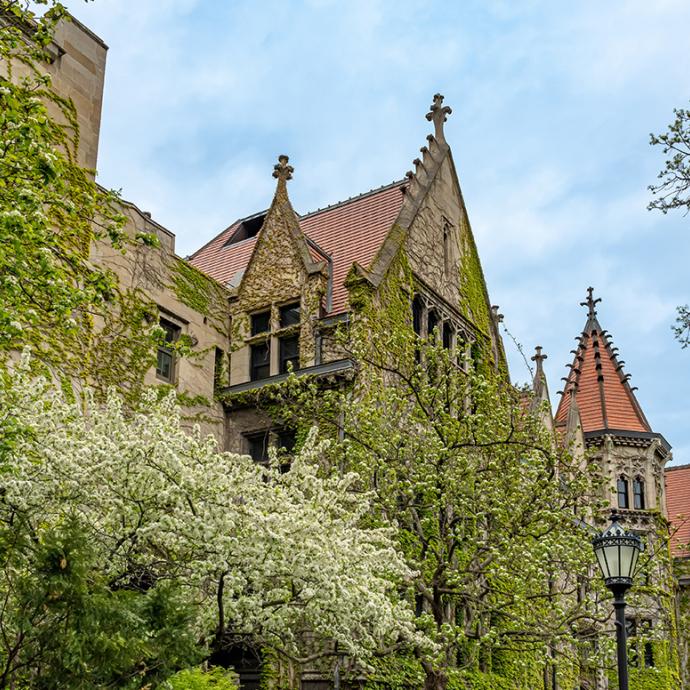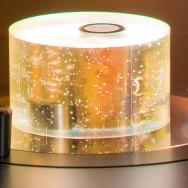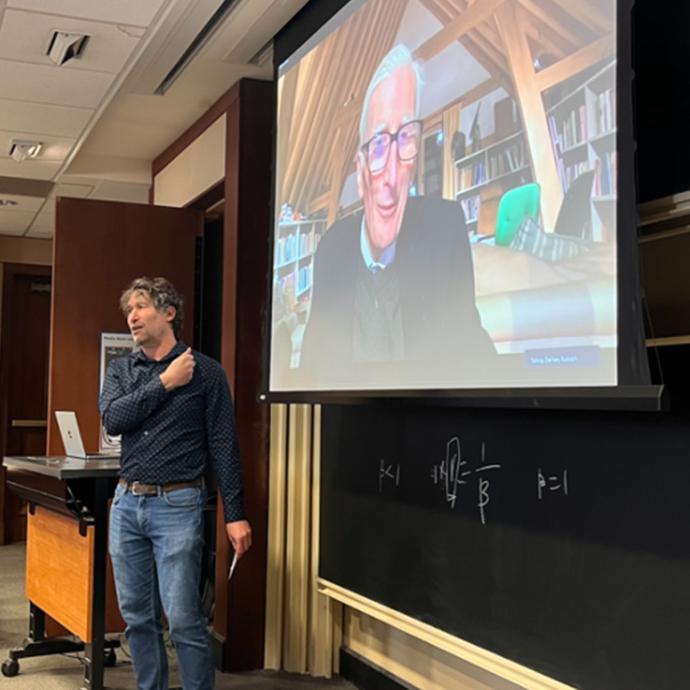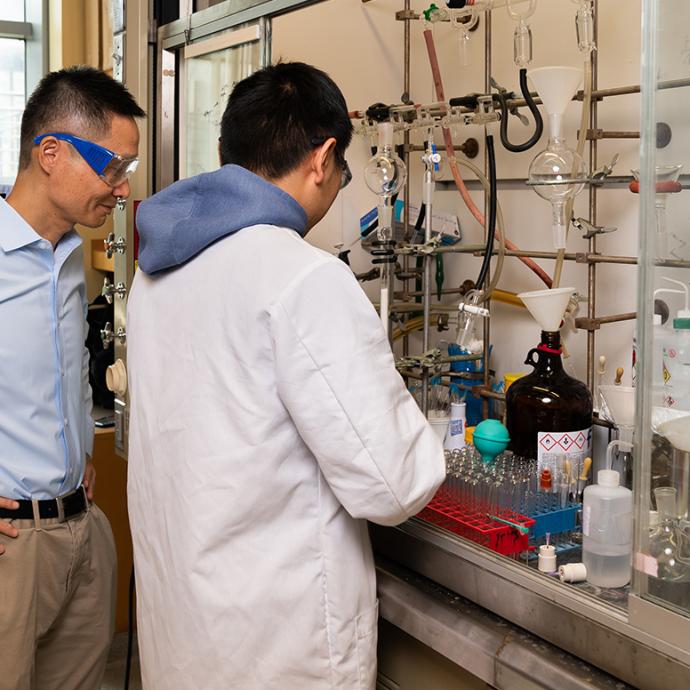The U.S. Department of Energy announced its decision Sept. 18 to renew the Joint Center for Energy Storage Research, which is led by Argonne National Laboratory and focused on advancing battery science and technology. The department plans to fund the center for a total of $120 million over the five-year renewal period. The University of Chicago is one of the partners in the center, known as JCESR.
“Advances in energy storage will drive U.S. prosperity and security,” said Argonne Director Paul Kearns. “By enabling partners across the national labs, academia and industry to forge collaborations and leverage one-of-a-kind scientific tools, JCESR will continue taking on profound scientific and technological challenges and fueling the innovation that will secure our energy future.”
Established in late 2012, JCESR is a partnership made up of national laboratories, universities and an industrial firm. Its mission is to create next-generation energy storage technologies that will transform transportation and the electric grid in the same way lithium-ion batteries transformed personal electronics.
“JCESR’s first five years have yielded important science breakthroughs, helped launch three startups—Blue Current, Sepion and Form Energy—and produced more than 380 published scientific papers,” said JCESR Director George Crabtree. “The knowledge we’ve gained has introduced new approaches to battery R&D and will guide our research in transformative materials for next generation batteries for many years in the future.”
In addition, using computational methods, JCESR researchers screened over 24,000 potential electrolyte and electrode compounds to help accelerate the search for new battery architectures, data that was made publicly available to the broader battery research community.
The announcement was made by Department of Energy Under Secretary for Science Paul Dabbar at the InnovationXLab Energy Storage Summit held at SLAC National Accelerator Laboratory.











 —Prof. Chuan He
—Prof. Chuan He
